In interior design, one of the most essential concepts to master is styling to scale. This approach ensures that every piece of furniture, decoration, and accessory fits harmoniously within a room, creating balance and cohesion. Whether your space is small or expansive, understanding scale can transform any room, making it both functional and visually pleasing.
Here’s how you can use scale effectively to style your home:
1.Understanding Scale in Design
What is Scale?
Scale refers to the size of objects in relation to one another and to the overall space. It’s important to consider the proportions of furniture, décor, and even architectural elements like windows and doors when designing a room. Proper scale ensures that a room feels balanced, comfortable, and cohesive.
Proportion vs. Scale
While scale focuses on the size of objects within a space, proportion is about the relationship between objects in terms of size and shape. For example, a large sectional sofa might be in scale with a spacious living room but could look out of proportion next to a tiny coffee table.

2. Choosing the Right Furniture
Large Spaces
In larger rooms, opting for bigger furniture pieces is key to filling the space without it feeling empty. For instance, a large sectional or oversized armchairs can create a sense of coziness in a grand living room. Pairing large pieces with tall lamps, expansive coffee tables, and bold artwork helps maintain visual balance.

Small Spaces
Conversely, in smaller rooms, compact furniture is essential to prevent overcrowding. Slim-profile sofas, low-slung chairs, and streamlined shelving units can make a room feel more open. Avoid bulky or oversized pieces that might overwhelm the space, and choose furniture with legs exposed to give a sense of lightness.
Modular Furniture
Another great option for keeping scale in check is modular furniture. Whether it’s a sectional sofa that can be configured to suit the room’s size or nesting tables that can be arranged to suit the occasion, modular furniture offers flexibility while maintaining proportion in the space.
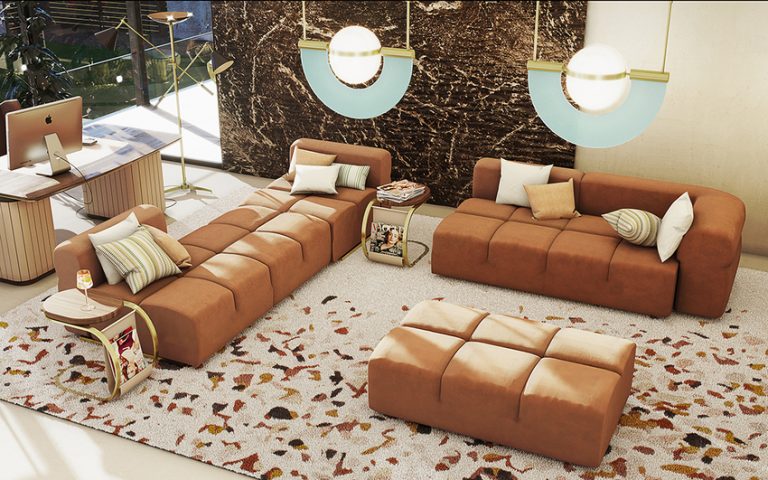
3. Scaling Art and Decor
Wall Art
Wall art should be chosen with scale in mind. In a large room with high ceilings, small frames scattered across the wall may look out of place. Instead, opt for one or two larger pieces or a gallery wall to create visual impact. For smaller rooms, a single, appropriately sized piece of art can provide a focal point without overwhelming the space.
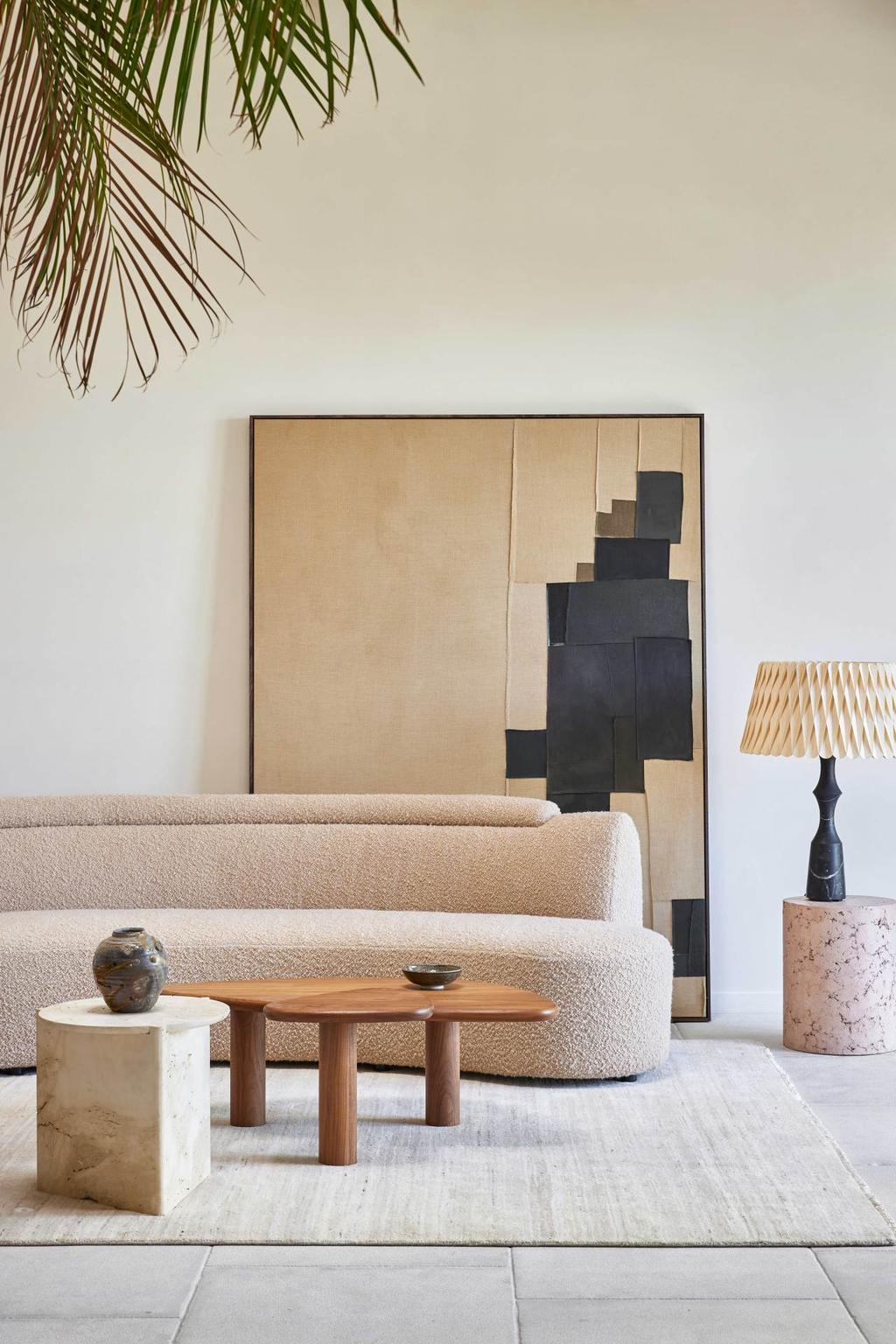
Mirrors
Mirrors are a great way to play with scale, as they reflect light and can make a room feel larger. A large mirror can anchor a small room or add grandeur to a larger space. When placing mirrors, consider the size of adjacent furniture and windows to maintain balance.

Accessories
Accessories like vases, lamps, and sculptures should also be chosen with scale in mind. In a room with large furniture, opt for bigger accessories to maintain balance, whereas smaller rooms benefit from more delicate accents.

4. Choosing Lighting to Fit the Space
Large Lighting Fixtures
In spaces with high ceilings or larger square footage, dramatic lighting fixtures like chandeliers or oversized pendant lights can become a stunning focal point. Ensure that the fixture complements the room’s overall scale—too small and it will get lost, too large and it may overwhelm the space.

Small Lighting Fixtures
In compact rooms, stick with smaller-scale lighting fixtures such as wall sconces or sleek, minimalist pendants. These fixtures will enhance the space without taking up too much visual real estate.

Layering Light
Layered lighting can also help in balancing scale. In a large room, for example, you could pair overhead lights with floor lamps or table lamps to fill the space without relying on a single, oversized fixture.

5. Scaling Textures and Patterns
Large Scale Patterns
Bold, oversized patterns on wallpaper, rugs, or upholstery can make a strong statement, especially in larger rooms. However, in smaller rooms, large patterns may feel too busy or overwhelming. Instead, reserve larger patterns for accent walls or furniture pieces to avoid overpowering the space.
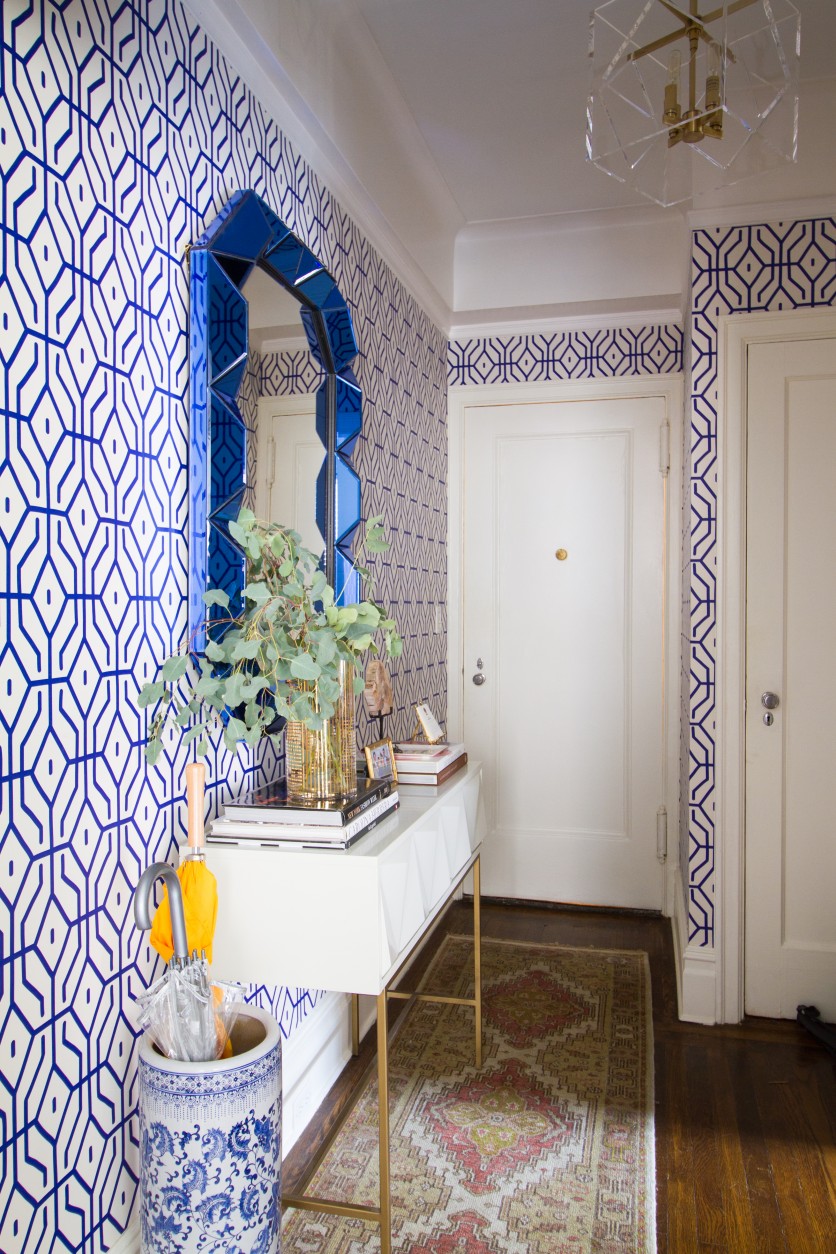
Small Scale Patterns
In smaller spaces, more delicate patterns can add interest without overwhelming the room. Consider small-scale floral prints, geometric designs, or stripes on fabrics or accessories to create visual texture while maintaining a balanced scale.
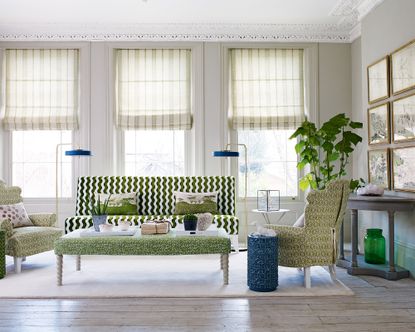
Textural Contrast
Combining different textures can also help with scale. In a large room, pairing sleek surfaces with plush, textured fabrics can create depth. Meanwhile, in smaller rooms, using smooth and minimal textures can prevent the space from feeling too cluttered.
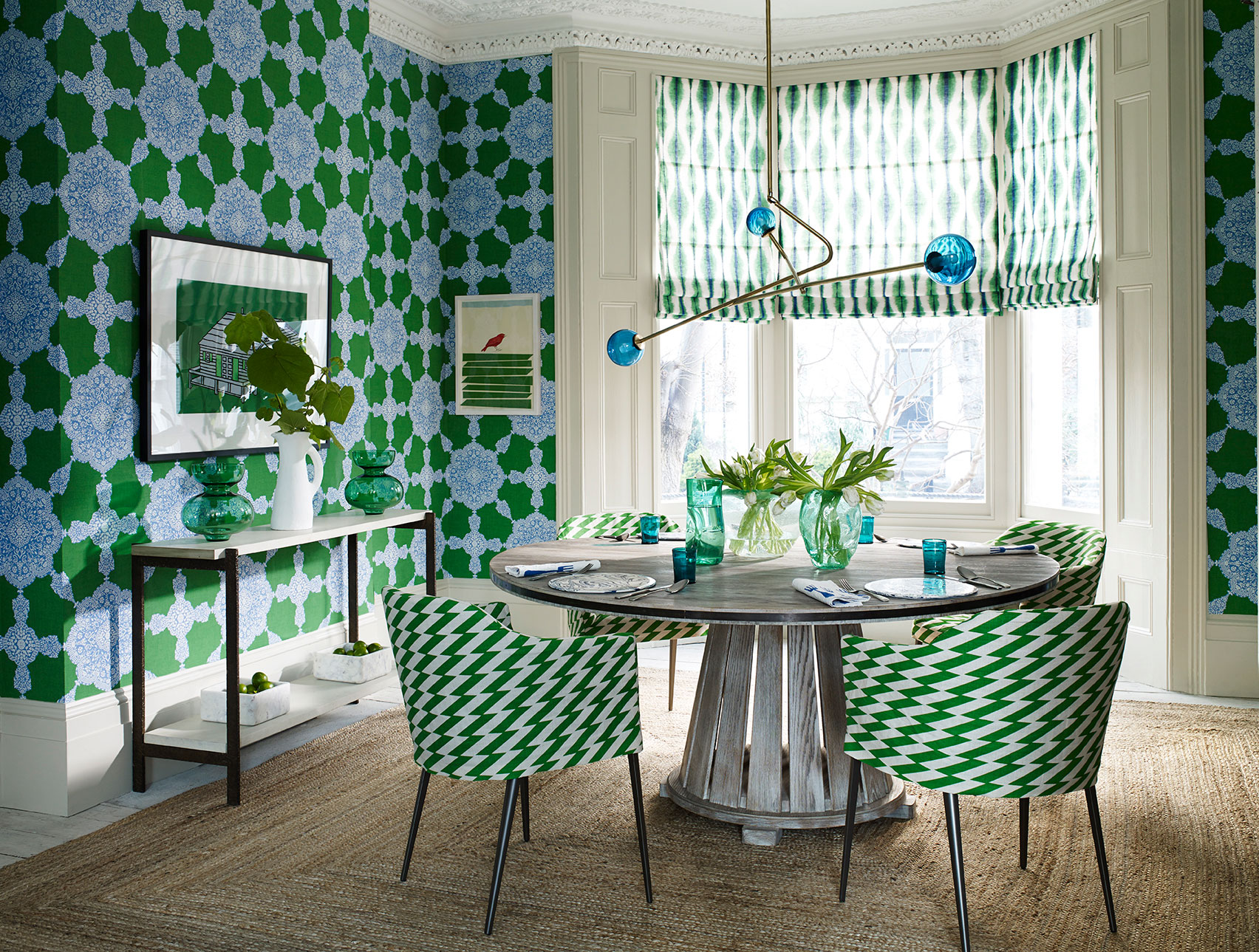
6. Window Treatments and Drapery
Tall Ceilings
For rooms with tall ceilings, extend drapery panels from ceiling to floor to enhance the height of the space. Larger windows may benefit from full, flowing curtains, while a simpler treatment can still emphasize the scale of the architecture without overpowering it.

Small Windows
In rooms with smaller windows, opt for simple, streamlined drapery that matches the window’s proportions. Avoid heavy fabrics or overly decorative treatments, as they can make the window appear even smaller.
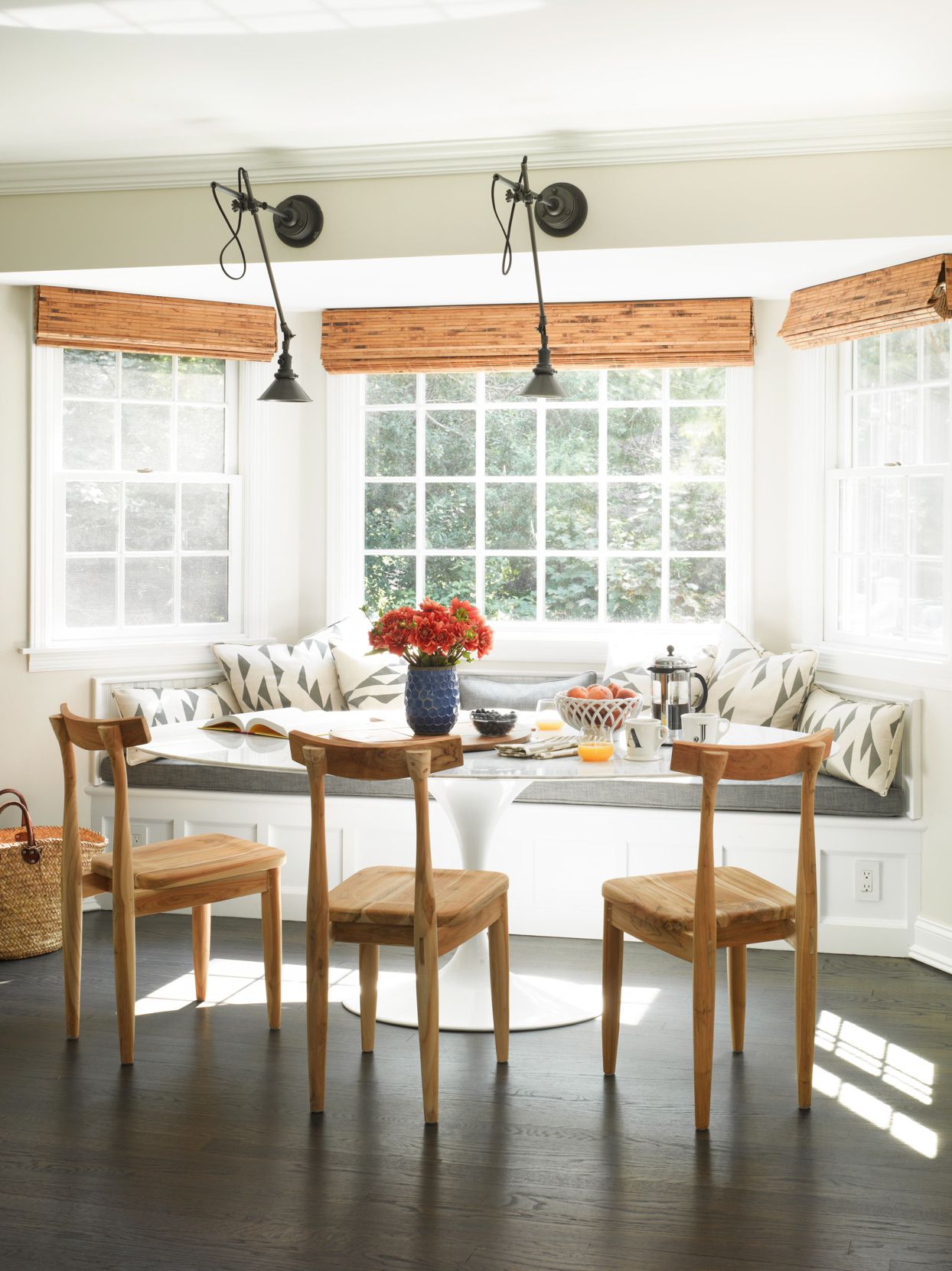
7. Incorporating Scaled Rugs
Large Rugs for Large Rooms
In spacious areas like a living room or bedroom, a large rug that extends under all furniture pieces can anchor the space and help define seating or dining areas. Ensure the rug is proportional to the furniture layout; for instance, all front legs of the furniture should sit on the rug to create a cohesive arrangement.
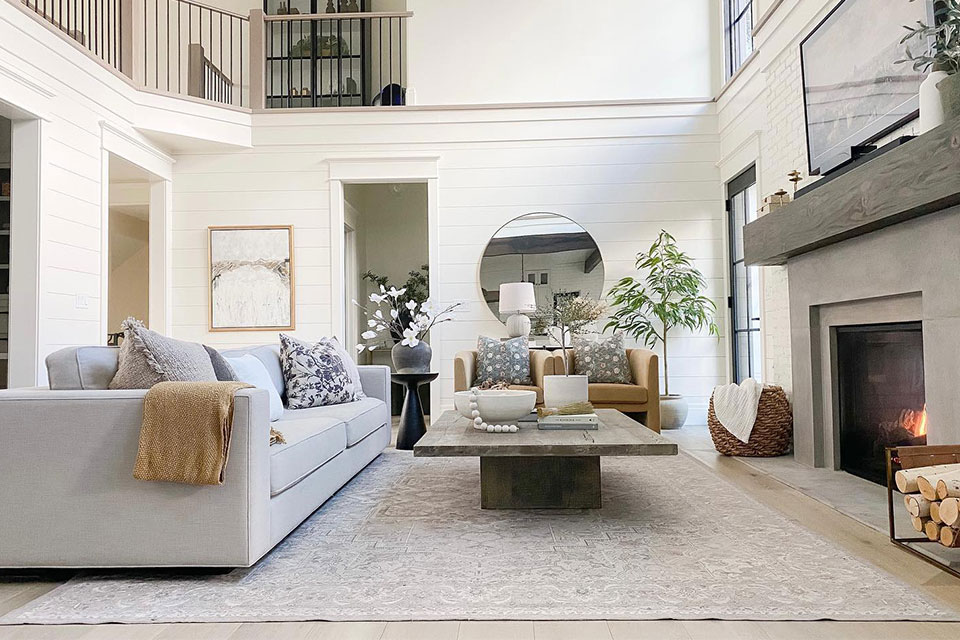
Smaller Rugs for Smaller Spaces
In smaller rooms, choose a rug that fits under the main pieces of furniture without overwhelming the room. A rug that is too large can make a small space feel cramped, while a rug that is too small can appear out of place.
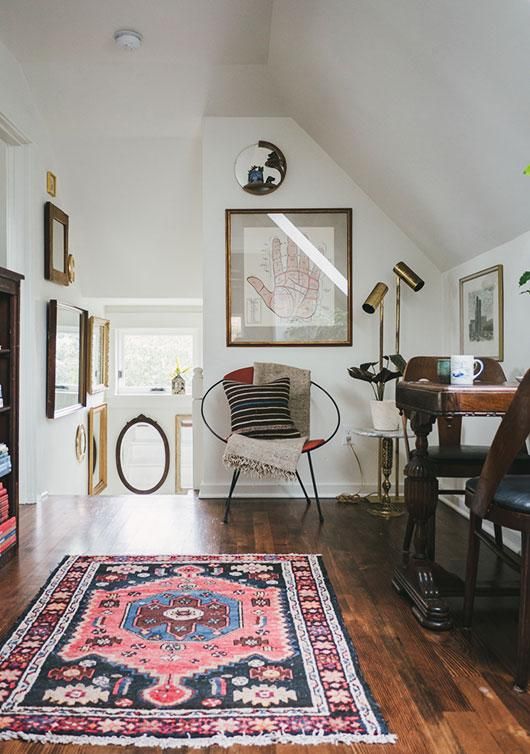
8. Balancing Scale in Open-Concept Spaces
Zoning with Scale
In open-concept spaces, where different areas flow into one another, scale can help define zones. For example, a large dining table can anchor a dining area, while a smaller, more intimate seating arrangement can create a cozy living space. Use rugs, lighting, and furniture placement to visually divide the space without using walls.
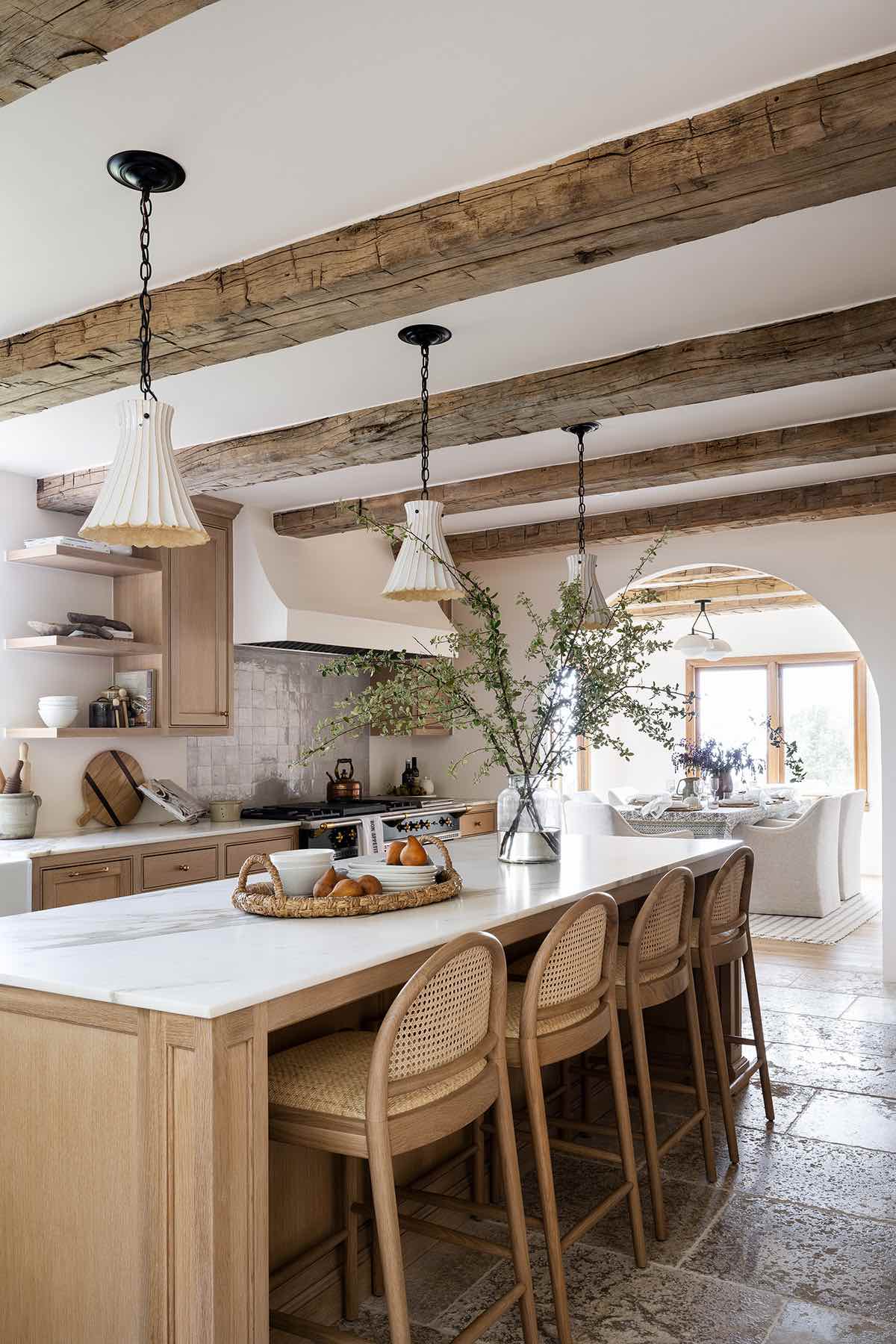
Layering Heights
Layering different heights of furniture and decor helps balance the scale in an open space. A high-backed sofa, a low coffee table, and tall bookshelves can add vertical interest and guide the eye throughout the room, creating a sense of flow.

Conclusion
Styling to scale is a crucial element in achieving balance and harmony in interior design. By understanding the relationship between objects and space, you can create a cohesive look that enhances both functionality and aesthetics. Whether you’re working with a small room or a sprawling open-concept space, paying attention to scale will help you make smart design decisions that elevate your home’s overall feel.











